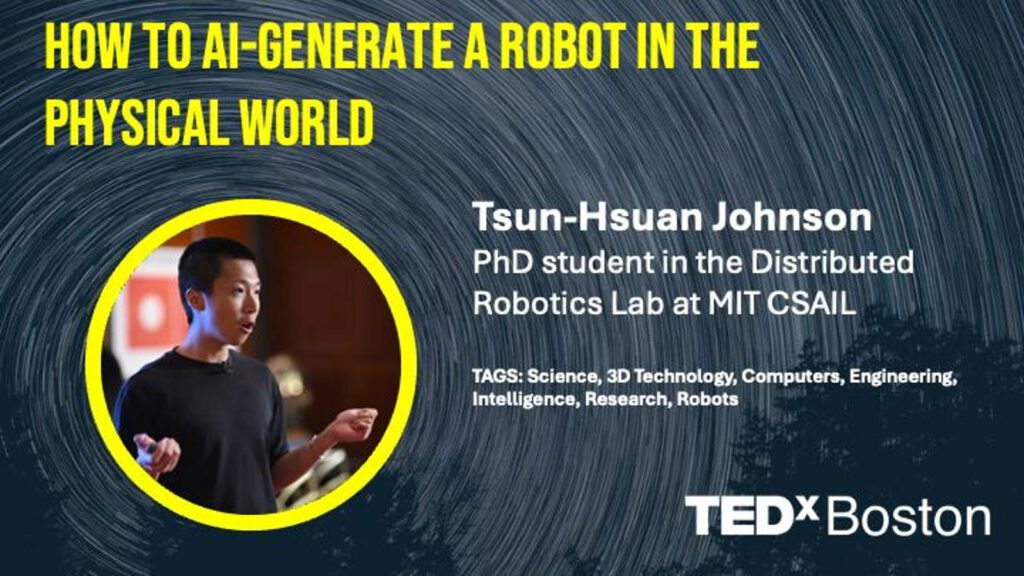When we think of robots, we tend to think of metal boxes with hard steel arms and legs, like the ones we saw in 1980s movies, but they aren’t the kind of thing you’d find in a typical home or workplace.
But that is changing rapidly.
We are beginning to embrace the idea of ”soft robotics” – the idea that robots could have softer contours, more intuitive shells, and be more aesthetically friendly to humans, which may result in robots being more likely to show up in natural environments near you.
Below is a paper on soft robotics that describes how the industry has changed since the 1950s. The authors write:
“Scientists have shifted their focus to soft robotics to apply this type of robot more effectively in unstructured environments. For decades, they have been working on exploring the subfield of soft robotics: state-of-the-art techniques in design and manufacturing, accurate modeling, advanced control algorithms, etc. … This paper aims to provide a brief overview of the progress of soft robotics research for readers interested in this field and to shed light on how suitable control algorithms can be created for soft robots…”
Studio male portrait.
Getty
The paper also introduces an interesting term: “morphology.”
What is Morphology?
Technically, the definition is the study of the form of things, or the branch of biology that deals with the form of living things.
This is a lesson for what scientists are doing now to model robots differently.
Indeed, given that it is in the biological world that morphology makes sense, scientists may already be one step ahead in imagining them using living organisms as inspiration for robot design.
Fresh whole red snapper isolated on white background
Getty
Tsun-Hsuan Wang’s presentation showcased many of the results of this research.
To quote Tsun-Hsuan Wang:
“Imagine a universal robot that could do any kind of test you can imagine in the physical world. It could walk, it could swim, it could fly… What would it look like? And how can we… achieve better results?”
“When we look at organisms in nature, we see intelligence in their bodies, not just their brains. There’s a lot of research focused on how to take inspiration from these organisms in nature to design robots that can do a lot of amazing things, like swimming in water, moving on sand, and using that information to manipulate objects in silicon. Through computational methods, our research has also found interesting relationships between environment, morphology, and movement.”
“What we do at MIT is essentially find solutions that allow you to incorporate physics and functional specifications into the generative process.”
We also see how AI plays out in terms of robotics and job losses. We know that it takes some labor to harvest all of the produce consumed in the U.S. each year. But what if robots could pick fruit?
If we look at some of the things being designed, we can see that this is becoming more and more possible over time, thanks to advances in convolutional neural networks and computer vision, as well as improvements in robotic manipulation.
Another takeaway from this research and other efforts is that AI is increasingly driving robot design.
This means that robots are starting to design other robots.
Pensive robotic man. Isolated. 3D illustration
Getty
This could lead to a nightmare scenario in which robots manufacture other robots that could threaten human existence.
But we’re still a long way from that. Right now, in the world of robotics, we’re seeing a lot of positive applications of assistive technology to help us get the things we need to do done.
Check out these projects and some other notable achievements from MIT teams.

